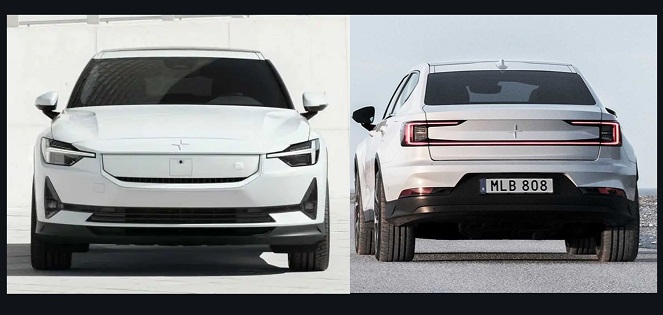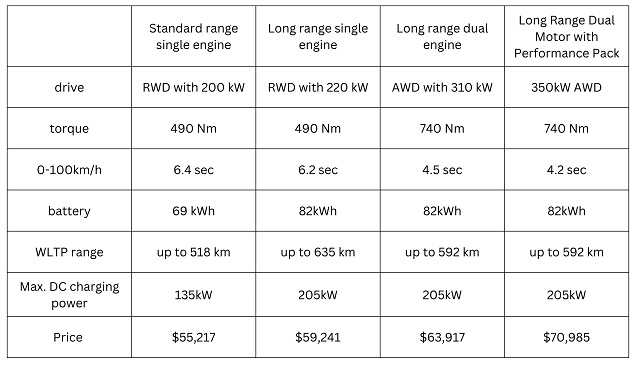Polestar 2 gets a facelift, rear-wheel drive, and more range
In the future up to 635 km with one charge
In the 2024 model year, the Polestar 2 will have new electric motors for more power, the single-engine variants will be switched from front to rear-wheel drive, and the range will increase to up to 635 kilometers according to the WLTP standard.
The technically related Polestar 2 now also receives the changes recently made to the Volvo XC40 and C40. The extensive update also includes a new look on the front. The grill was closed in particular.

The corresponding area is now called SmartZone and, like the Polestar 3, houses the front camera and radar:
Above all, all Polestar 2 variants will be equipped with new electric motors and inverters, which will bring more torque and efficiency. As before, there are four versions:

As mentioned, the single-engine variants now have rear-wheel drive (RWD). You will receive a newly developed permanent magnet motor. The system performance increases from the previous 170 to 200 or 220 kW in the future, and the torque is now 490 instead of 330 Newton meters.
That shortens the 100 km/h sprint by 1.2 seconds to 6.2 seconds. Polestar is also donating a silicon carbide inverter for more efficiency – but the new power consumption has not yet been announced.
The twin-engine versions had 300 kW or 350 kW (with Performance Pack). The output of the first variant now increases to 310 kW, and the output of the top model remains unchanged.
The torque has increased from 660 or 680 Nm to a uniform 740 Nm. The sprint performances have also improved.
The new rear motor (presumably a permanent magnet machine, PSM, as before) is now the primary power source; an asynchronous motor is now used on the front axle.
The front electric motor can simply be switched off when not in use, which was not possible with the PSM. That saves electricity.
All Polestar 2 versions also get batteries with improved chemistry. The standard range variant has a battery from LG with 69 kWh and 24 modules – the battery capacity does not increase here.
In the future, however, the three long-range versions will have an 82-kWh battery from CATL with 27 modules instead of the 78-kWh battery.
The maximum charging power with direct current (DC) increases from 130 to 135 kW for the small battery and from 155 to 205 kW for the large battery.
The range is also increased, for all versions. The entry-level variant is now up to 518 instead of a maximum of 478 km.
Since the battery capacity remained the same here, this is due to the new motor and/or the inverter. In the case of the Polestar 2 version with the greatest range, called Single Motor Long Range, the value improves from 551 to 635 km.
That earns the car a place in our top ten list of the longest ranges; currently, it would rank 5 behind the Mercedes EQE (up to 639 km) and ahead of the Tesla Model S (up to 634 km). The four-wheel drive versions now manage up to 592 instead of 482 km.
The standard equipment has also been revised. These now also include a blind spot assistant with steering intervention, a cross-traffic warning system with braking assistance, a rear-end collision warning system, a 360-degree all-round vision system and automatically dimming exterior mirrors.
The Polestar 2 of the 2024 model year should be available to order from the end of February, with delivery starting in the third quarter of 2023. Prices are rising: for the new version, the entry-level model will cost around $54,342.
Related Post
